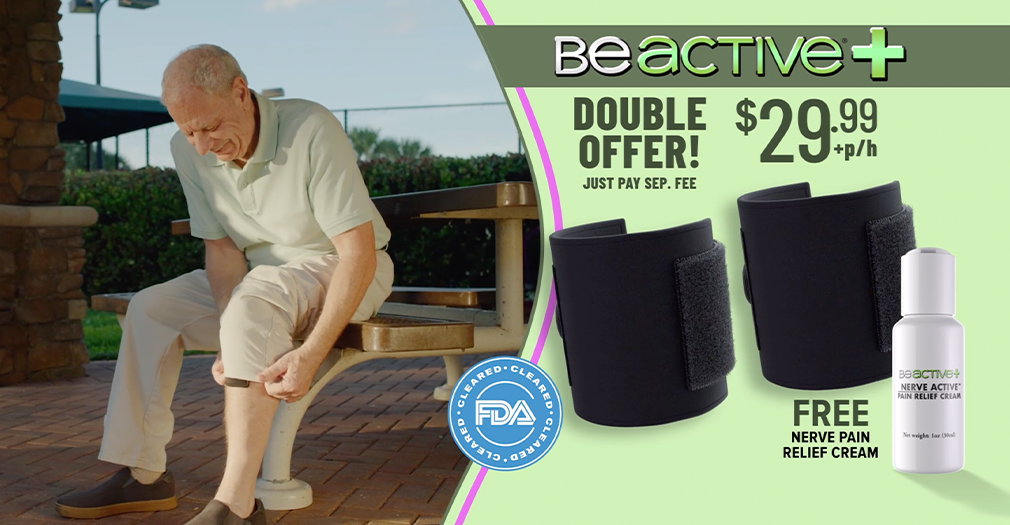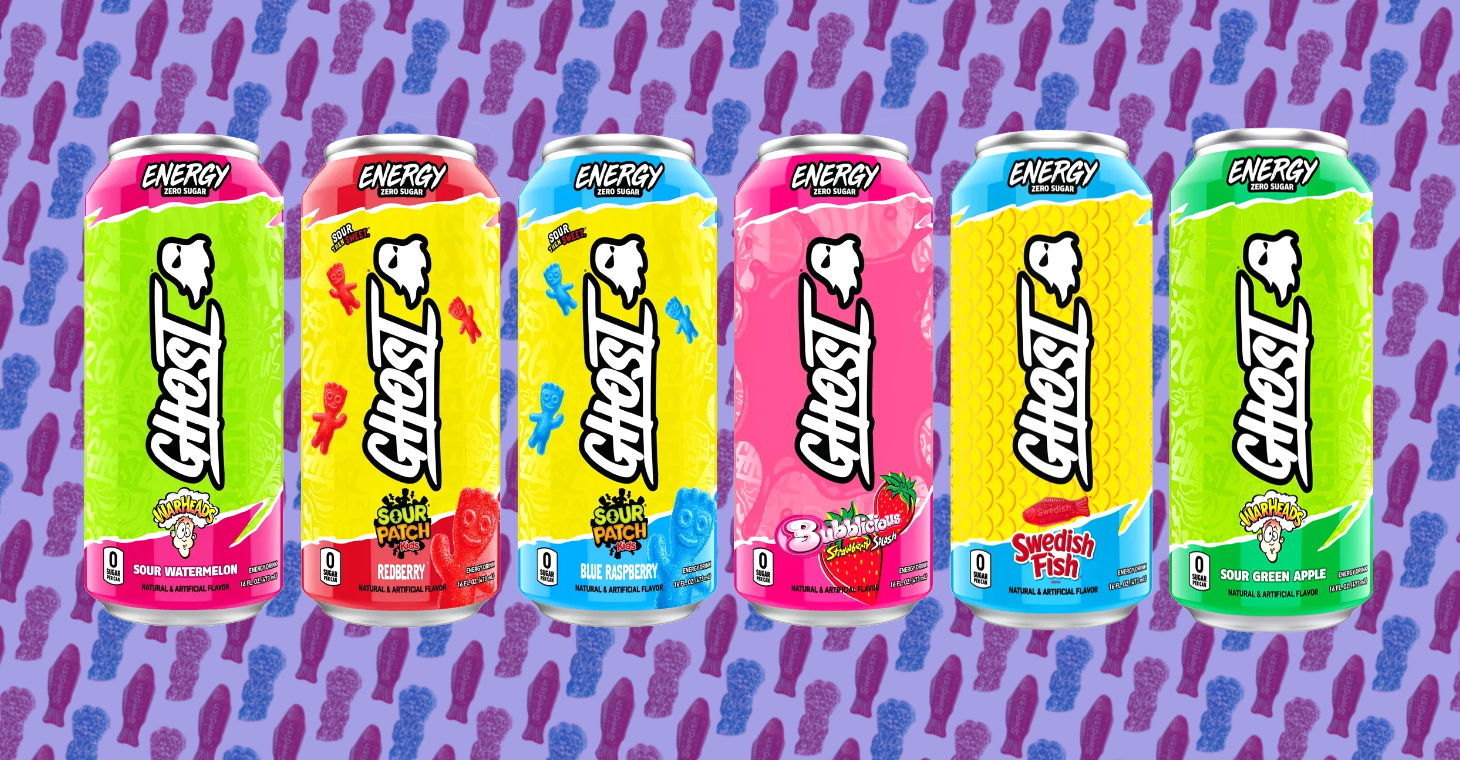
2024 Deceptive Ad Trends
Five deceptive ad trends to be wary of this year.
And what it actually means to be FDA “cleared.”
If you have sciatica, you’re more than familiar with the shooting or “burning” pain that starts in your lower back. The pain can be debilitating. You may be wondering, what are my treatment options?
Enter the BeActive Plus brace.
BeActive claims in a national TV commercial and on its website that the brace is so good at relieving sciatic pain through compression that the FDA “cleared” it as a medical device. It’s a bold claim given that the FDA likely hasn’t even laid eyes on the product.
In 2016, the FDA granted clearance to the BeActive brace, the predecessor to the “new and improved” BeActive Plus brace. And to date that’s the only BeActive product the agency has “cleared.”
On Monday, TINA.org filed a complaint with the FDA against BeActive over the company’s false and misleading FDA “cleared” claims, in addition to its improper use of the FDA’s name and logo in its marketing materials. As TINA.org wrote in its complaint letter, the latter violates the FDA’s Name and Logo Policy, which prohibits use of “FDA Marks” on private sector materials. The policy states:
Unauthorized use of FDA Marks on private sector materials could send a message to the public that the FDA favors or endorses a private sector organization or the organization’s activities, products, services, and/or personnel (either overtly or tacitly), which the FDA does not and cannot do. Unauthorized use of the FDA Marks may violate federal law and subject those responsible to civil and/or criminal liability.
TINA.org’s complaint, which was prompted by a consumer tip, urges the agency to investigate BeActive’s deceptive FDA marketing. According to ad-tracking firm iSpot.tv, BeActive has spent more than $42 million on the national TV commercial at the center of the campaign.
What it actually means to be FDA “cleared”
Gaining FDA clearance may seem like an impressive feat, but all it means is that a company was able to show the FDA that its medical device is “substantially equivalent” to one the agency has already given clearance.
In the past we’ve likened the FDA clearance process (notice we didn’t say approval process) to a giant game of dominoes where if one domino falls, they all go down. For an idea of how far back it goes, in the case of the original BeActive brace, the “primary predicate device” was granted FDA clearance in 1982.
But FDA clearance does set boundaries for the types of ad claims that can be made for the product once it’s been cleared by the FDA.
For example, the original BeActive brace was FDA cleared for “temporarily reducing lower back pain that radiates down the leg associated with normal household or work activities,” a far cry from claims that the BeActive Plus brace provides “instant relief” from “excruciating” sciatic nerve pain.
Find more of our coverage on pain relief products here.
Five deceptive ad trends to be wary of this year.
And the regulatory efforts that seek to curb them.
Groups file deceptive marketing complaint against Ghost.


